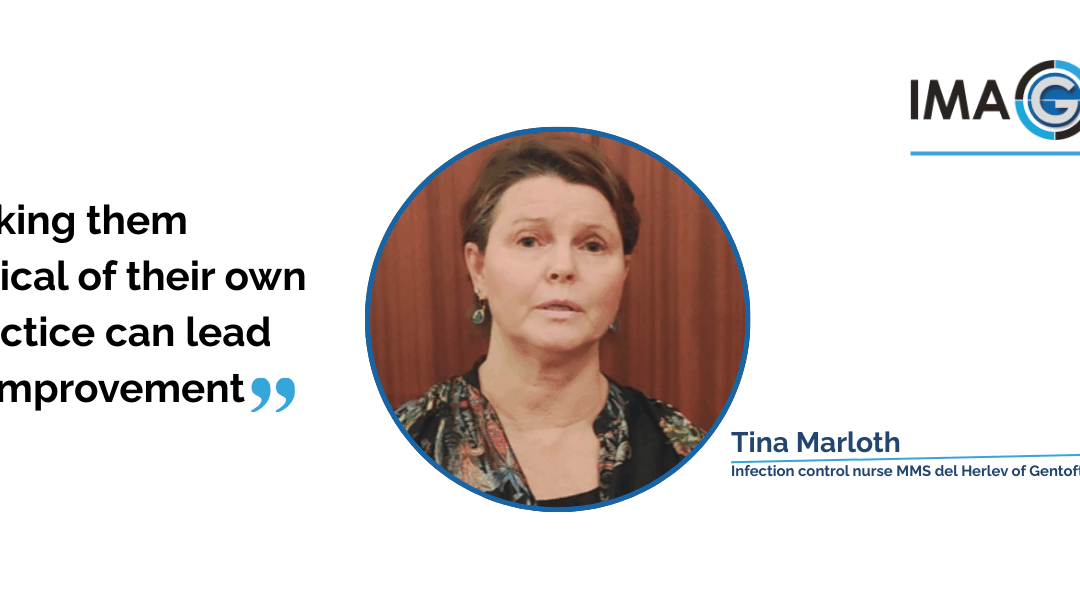This is how emphatic Tina Marloth, Infection control nurse MMS del Herlev of Gentofte Hospital (Denmark), was when asked about the impact of the IPC audit on improving infection prevention during the meeting in Lithuania on November 28 and 29.
To create the most appropriate questions and topics for the audit, Marloth stated that the first step was to investigate the existing scientific literature for inspiration. They also reviewed the guidelines set by the WHO. With all this information, they selected the questions and topics they believed were most relevant to audit. As Jette Nygaard explained about the need for feedback from healthcare staff when developing the tools, Tina Marloth confirmed that before conducting the audit, the questions and topics were presented to the ambassadors of the participating nursing homes to consider their comments and align everyone’s objectives.
On the other hand, Marloth confirmed that it is still too early to know the impact of the audit on improving infection prevention, as they are currently in the implementation phase. However, both she and the members of the IMAGINE Project trust, based on other audits carried out, that making participants reflect on their own practices makes them critical and helps them see what problems they have and where they can improve their practice.
IMAGINE Project is an initiative aimed at reducing the excessive and inappropriate use of antibiotics. According to official studies, this is the main driver of antimicrobial resistance, which is especially problematic in older patients due to their special characteristics. To address this issue, a group of family specialists from eight European countries (Greece, Hungary, Lithuania, Poland, Slovakia, Denmark, and Spain) have joined forces to conduct an audit in nursing homes in these European countries to find and improve infection prevention and control measures.
Finally, the intention of the IMAGINE Project is to continue evaluating and adjusting the generated tools based on continuous feedback. This dynamic approach ensures that the solutions are not only useful in the present but also evolve to meet the future needs of nursing homes and their residents.

